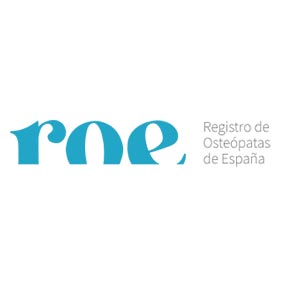The aim is to reduce pain, improve health and mobility and to provide advice on health, lifestyle and correct body mechanics for the sport aficionado.
In osteopathy we look for SOLUTIONS for your back, hip, shoulder or any other joint pain.
Osteopathy can provide RELIEVE for arthritic and rheumatic pains, headaches, muscle tensions, sciatica and neuralgias
Osteopathic treatment provides an EFFECTIVE and HOLISTIC treatment for asthma, digestive and circulatory complaints

“Osteopathy carries us back to nature, to the body processes, to the body vitalities and the physiological causes, physiological conditions and physiological functions, and all these, not upon mysticisms; we have based and still base our theory of Osteopathy.” J.M.Littlejohn
If we are prepared to approach our treatment with the concepts of the mechanico-physiological relationship the effects of our treatment will be beyond the limitation of the ordinary physical treatment and encourage us to widen our scope of what Osteopathy can do.
“Osteopathy is a system of medicine, using the word medicine not to indicate drugs but to indicate the science and art of treating diseases or injuries and the laws that regulate their practice.” J.M.Littlejohn

